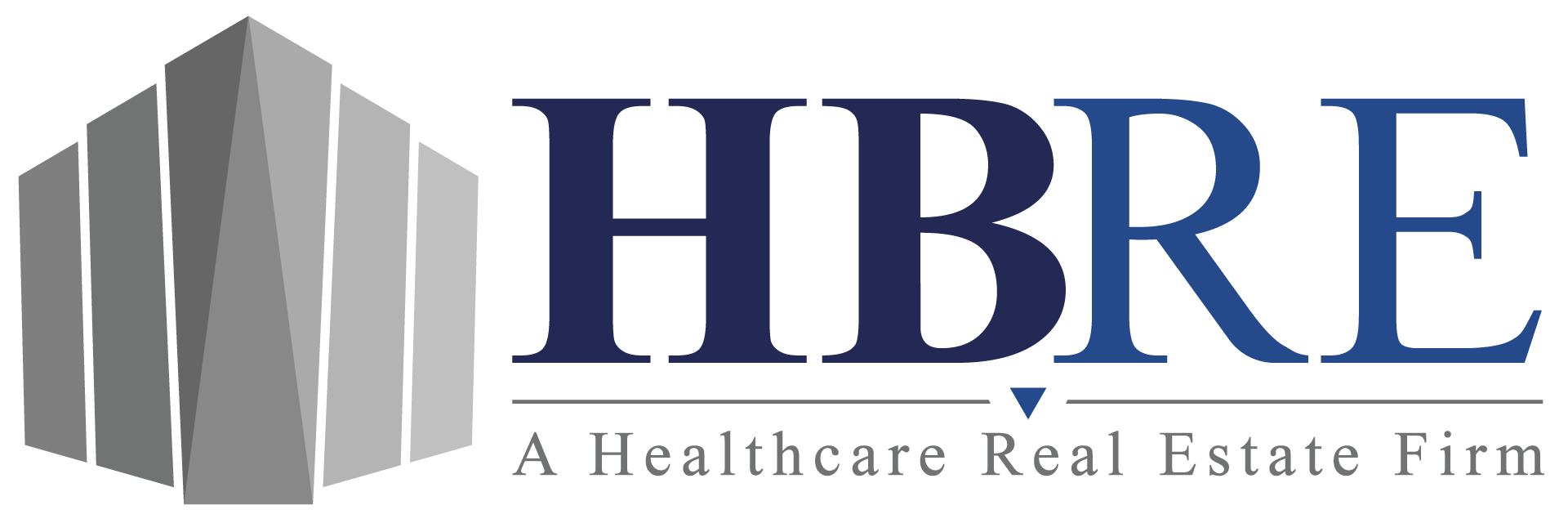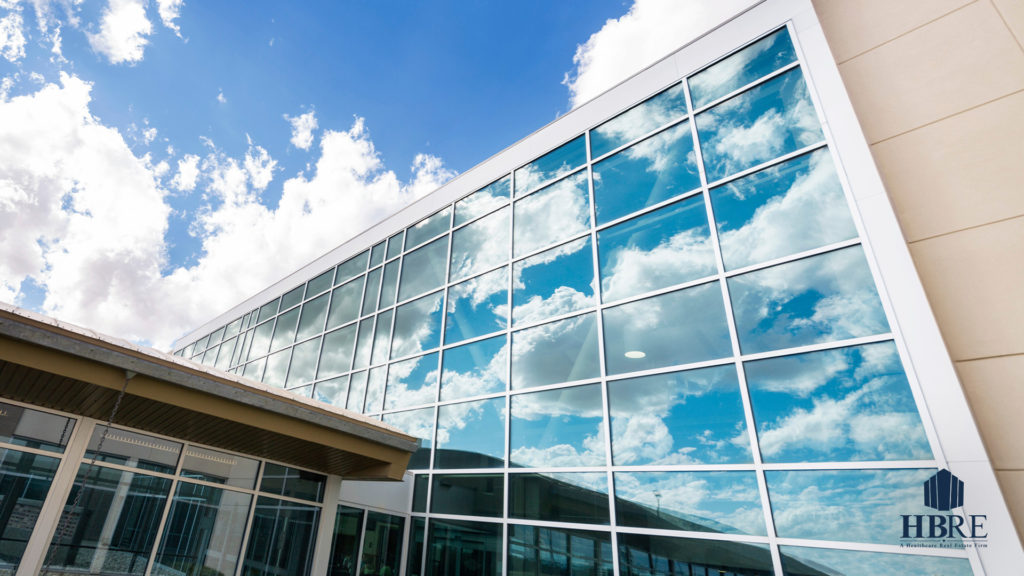Landlords with large spaces know the challenge of maintaining fully leased buildings. But do they know all aspects to consider when finding tenants and how to maintain competitive offerings? We have a few insights to help landlords fully lease their commercial healthcare facilities.
Landlords Should Know the Market
Landlords need to understand their markets and make sure their rent rates fall within fair market value (FMV). They should also understand a few factors that can impact tenancy and rent rates:
- Facilities located near a hospital campus may earn a high rent rate.
- If the entire building is full of medical tenants, the landlord may receive a higher rent rate.
- If the buildout for a healthcare space can facilitate a wide range of medical tenants, it may be easier to fill a vacancy in the future.
- If the landlord offers a tenant improvement (TI) range that is competitive within their market, they may be able to attract tenants to fill a vacancy quickly.
Landlords should review their market and reach out to a healthcare broker to ensure their facilities, rent rates, amenities, and TI are within the appropriate ranges for their location.
Finding Tenants
A landlord should have a targeted plan for what kind of tenants they would like to host in their facilities. Knowing the type of tenant will help the landlord prepare for the buildout costs and the rent they can earn over time. In healthcare, the buildout costs may be high due to additional plumbing, electrical, and structural elements. But because of the high buildout costs, a healthcare tenant typically remains in the space for a longer time. The guarantee of consistent monthly income over a long period of time may be worth the high buildout cost.
The landlord also needs to consider the full range of services their tenants offer. Do the tenants benefit from each other? For example, if one tenant is a primary care office and another is an imaging center, both tenants’ patients benefit from the proximity of the other healthcare practice. Having tenants that complement each other is a draw for both tenants to remain in a facility for a longer time.
If the landlord has a large building, it would be advantageous to host a large healthcare system in their space. The healthcare system would provide multiple practices, but the landlord would still work with the health system as a single tenant. The health system benefits from having multiple practices under one roof and the landlord benefits from a reputable, nationally recognized tenant. Having a large, established health system would help the landlord avoid losing monthly income in the event of a national economic downturn.
Which Type of Broker to Use Per Space
If a landlord plans to host tenants of the same or similar industries, the landlord will want to use the same commercial broker for all spaces. It will simplify the process for both the landlord and the broker, and the landlord will also benefit from a single broker who knows the full scope of the property.
Over the last few years, the medtail concept has become more popular. Medical practices will take up tenancy in former retail spaces. Their patients and employees appreciate spaces where they can take advantage of local amenities like shops and restaurants. A landlord who owns a retail plaza, for example, may host one or two medical tenants in their spaces. In these instances, the landlord will want to work with a healthcare broker to handle those specific tenants.
HBRE and Landlord Representation
HBRE offers both landlord and tenant representation. Our well-rounded perspective allows us to effectively maintain the landlord-tenant relationship. Our team is skilled in assisting landlords who fully lease their commercial healthcare spaces. Landlords can trust HBRE to provide answers and expertise to landlords looking to fully lease their buildings.




